Integrations
To truly understand your attack surface, it’s essential to know what’s present. Our solution integrates with various existing technologies to discover and inventory all assets within your attack surface, providing comprehensive visibility. Early integrations may include, but are not limited to:

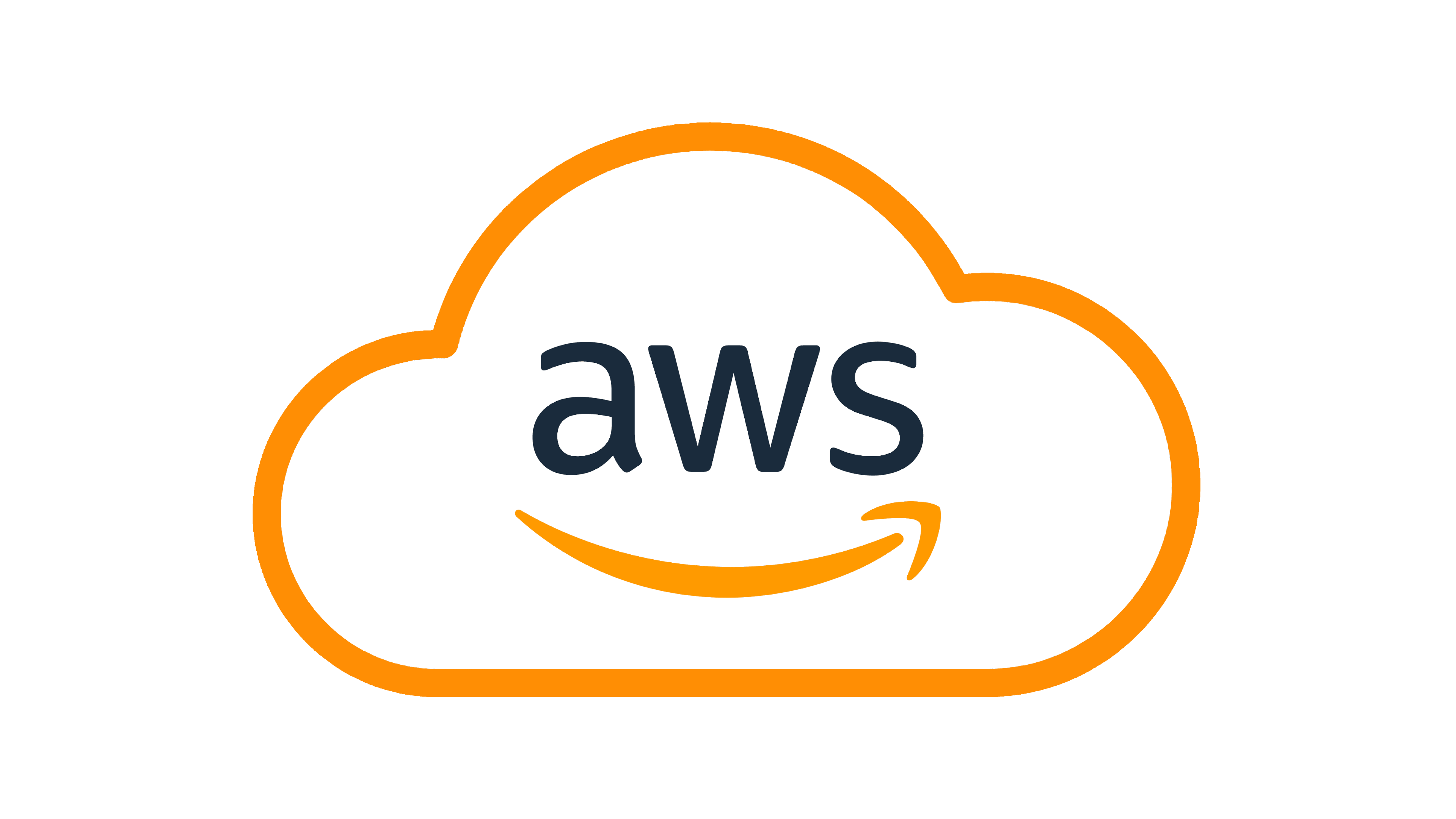
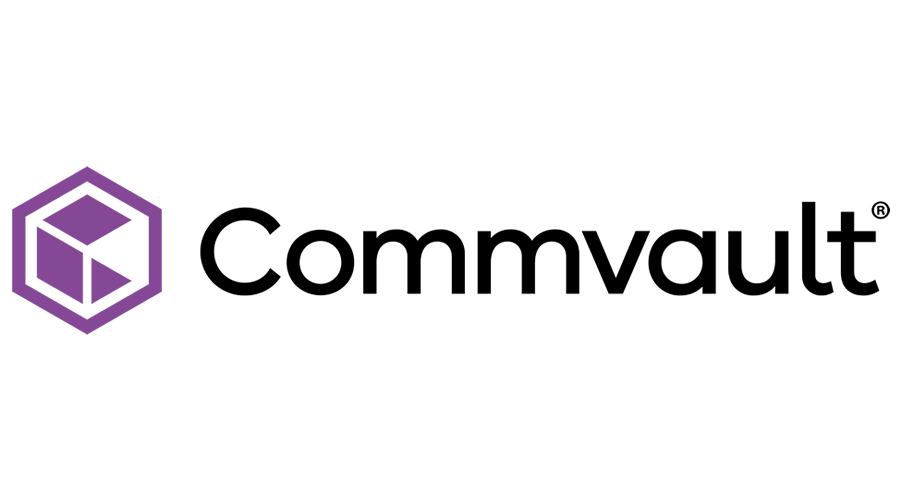
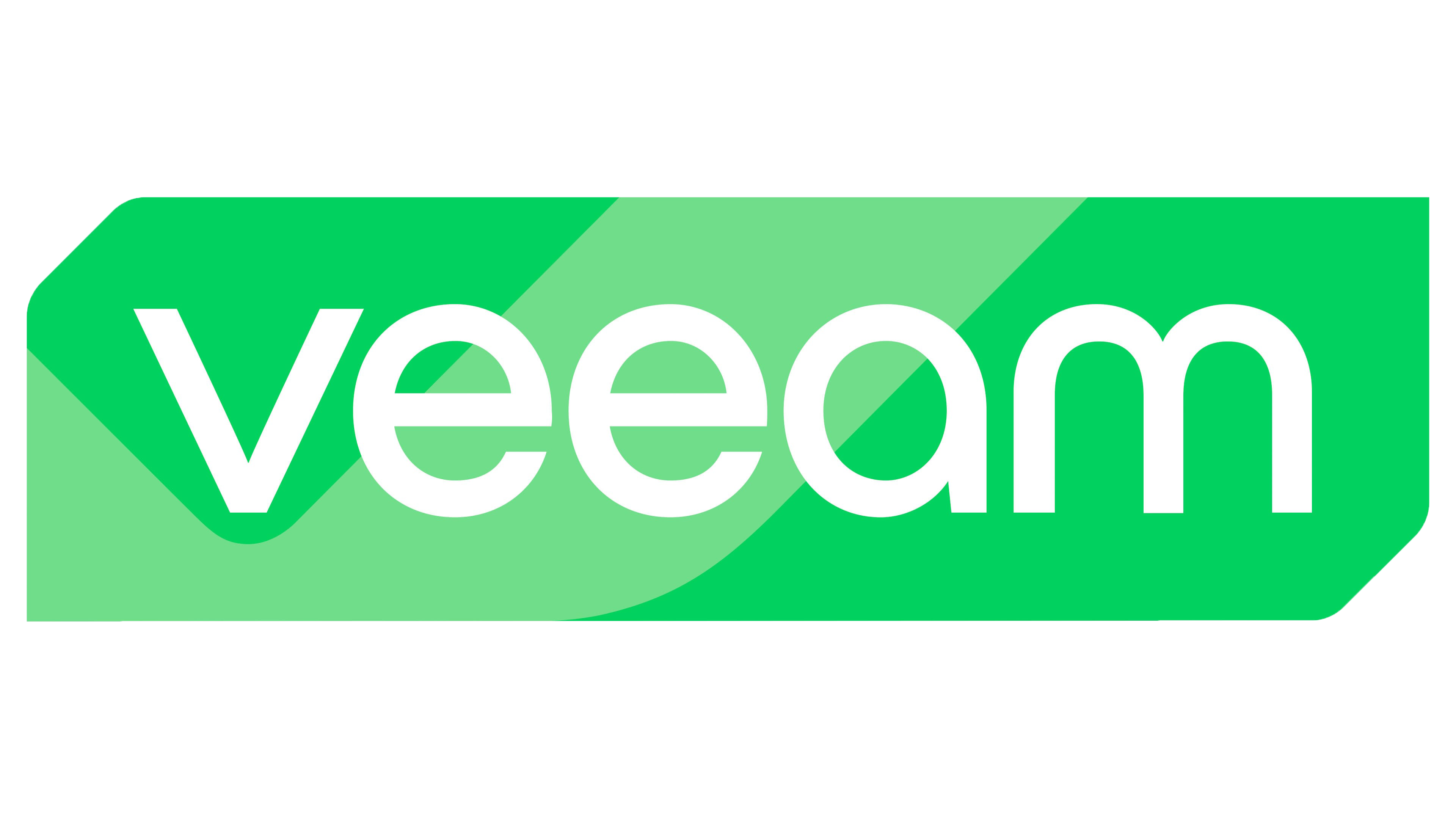

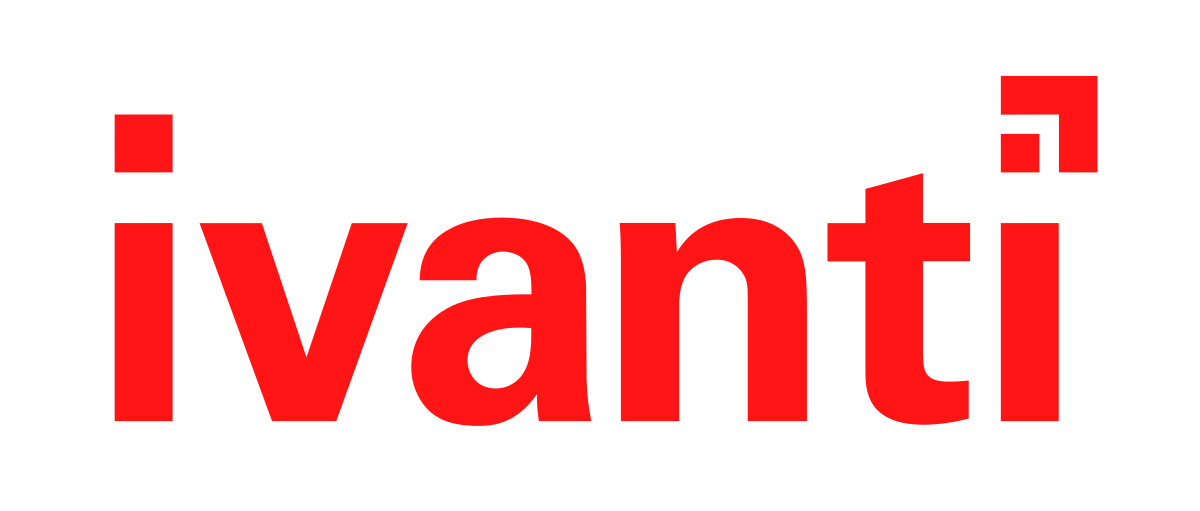
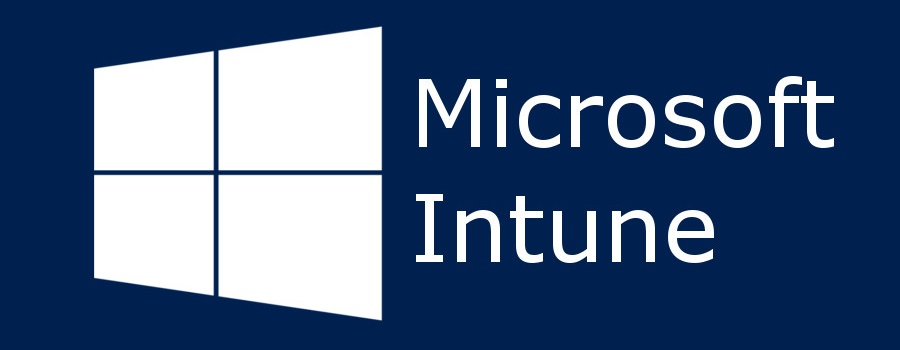




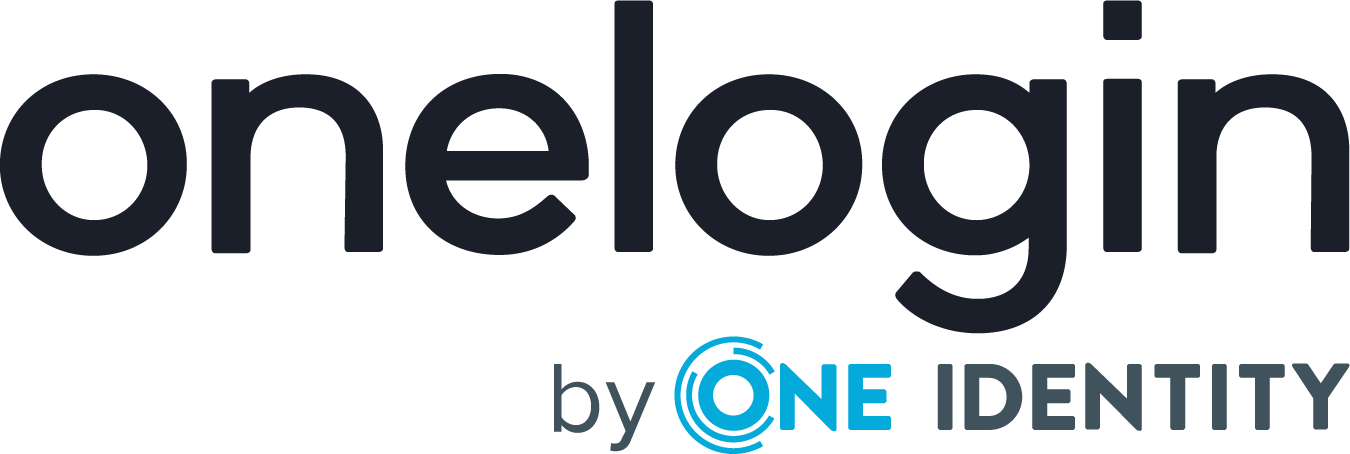
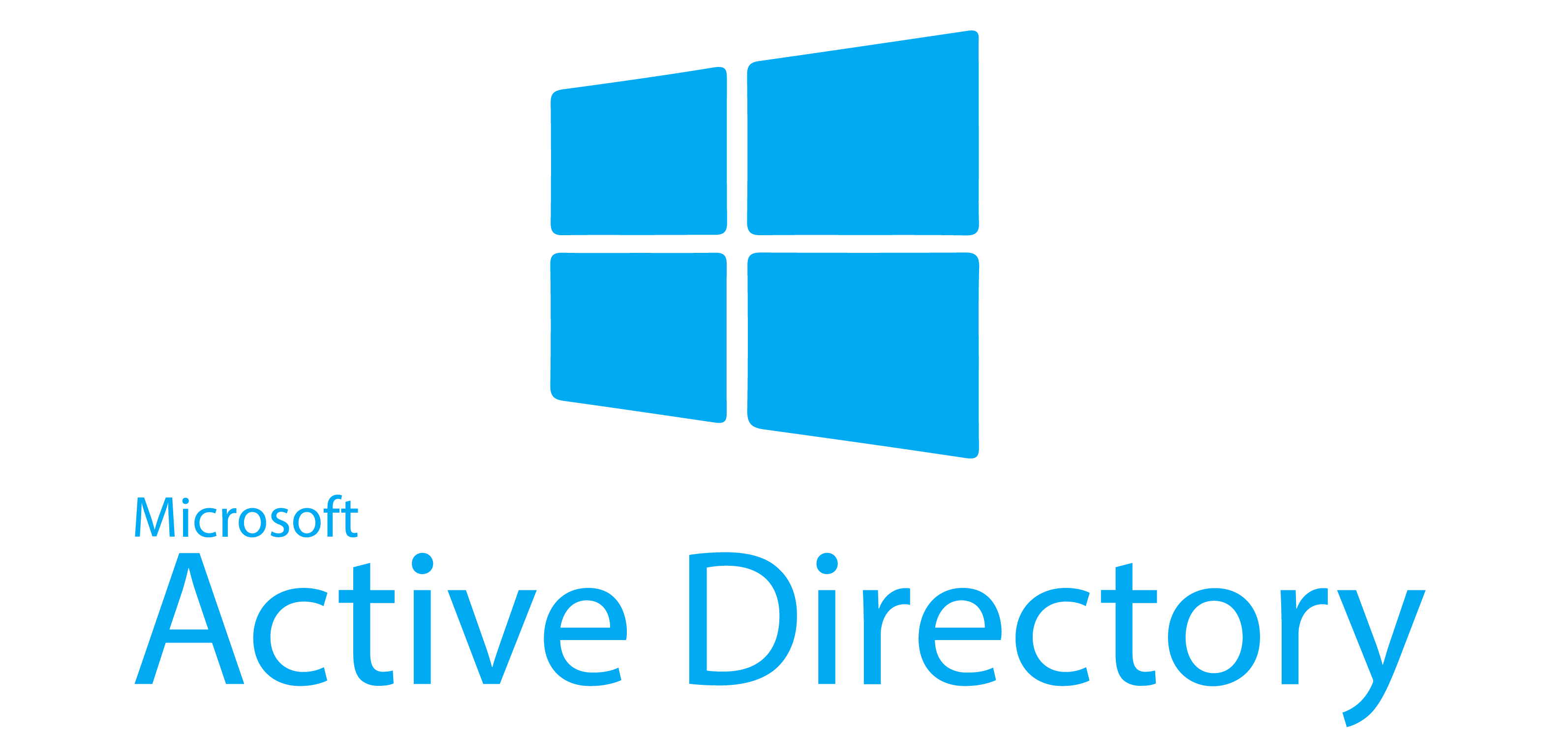

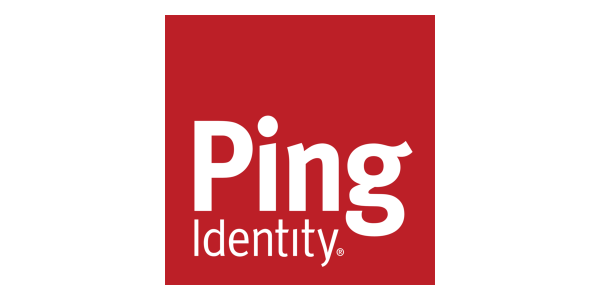
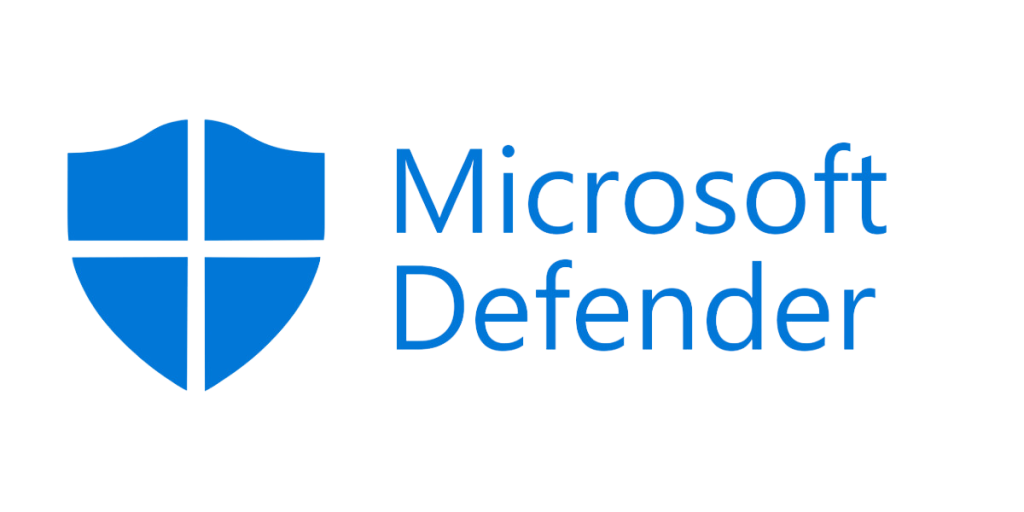
Why Sedara ASM
-
Comprehensive Visibility – Go beyond a basic device list with a detailed, normalized inventory that captures OS versions, configurations, and endpoint security health across internal, external, and cloud environments.
-
Demonstrable Security Impact – Users boosted endpoint detection and response (EDR) coverage from 90% to 99%, proving ASM closes critical deployment gaps and delivers immediate value.
-
Ongoing Visibility – Progress monitors track detections and exposed attack surface over time, giving teams confidence that improvements are sustained and measurable.
-
Audit-Ready Context – Built-in reporting provides the evidence needed to demonstrate alignment with security frameworks and compliance requirements like CMMC, NIST, HIPAA, and PCI.
Sedara’s Attack Surface Management
Centralized View
Through Discovery & Inventory, teams gain a living map of their environment that unifies internal systems, external-facing assets, and cloud resources into a single, accurate inventory. Every asset is fingerprinted with detailed context, while relevant indicator data is pulled and normalized across sources to ensure status, exposure, and ownership details are actionable. The inventory is routinely refreshed so it reflects the latest devices, identities, and services across internal, external, and cloud environments. Assets are further enriched through contextual classification, giving teams clarity on criticality and relationships to drive smarter security decisions.
- Asset Fingerprinting
- Relevant Indicator Data
- Contextual Classification
- Continuous Asset Updates
Built-Out Detections
Through Analyze & Prioritize, asset data is grouped into built-out detections that add best-practice context to environmental issues—like identifying devices missing endpoint protection. These detections are enhanced with cross-functional correlation, connecting signals across systems and teams to reveal the bigger picture. Prioritization metrics then score findings by severity, impact, and business relevance, ensuring the most urgent exposures rise to the top. Supporting details such as risk alignment and compliance mapping provide additional context, helping teams connect detections to organizational standards and regulatory requirements with ease.
- Cross-functional Correlation
- Prioritization Metrics
- Risk Alignment
- Compliance Mapping
Proactive Insights
Through Remediation, teams move from awareness to action with detection detail that explains what was found and why it matters. Remediation intelligence provides clear guidance rooted in best practices and threat insights, making it easier to address issues effectively. Remediation management reinforces accountability by monitoring progress and keeping remediation efforts visible across the organization. Finally, validation and verification closes the loop, confirming that remediation efforts are complete and that risks have been fully resolved.
- Detection Detail
- Remediation Intelligence
- Remediation Management
- Validation Verification
Progress Metrics
Through Actionable Reporting, teams gain clear visibility into security outcomes with benchmark impact that shows how efforts are improving posture. Dashboards track exposed attack surface to highlight where detections remain open and where progress is being made. Progress over time visualizations measure detection trends and remediation activity across weeks, months, and quarters. Finally, compliance evidence ties results back to frameworks such as CMMC, NIST, HIPAA, and PCI, giving organizations proof of readiness and accountability.
- Benchmark Impact
- Track Exposed Attack Surface
- Progress Over Time
- Compliance Evidence